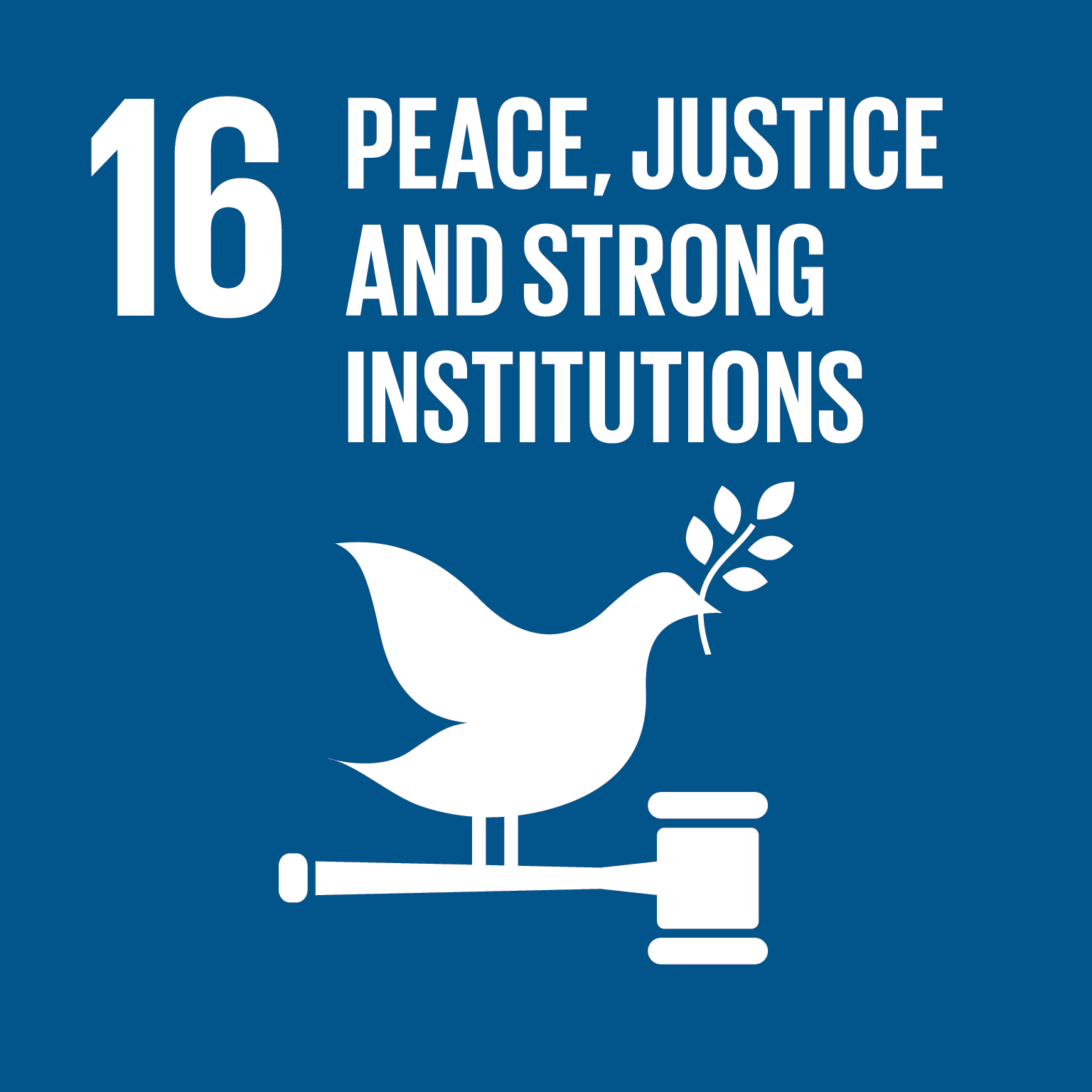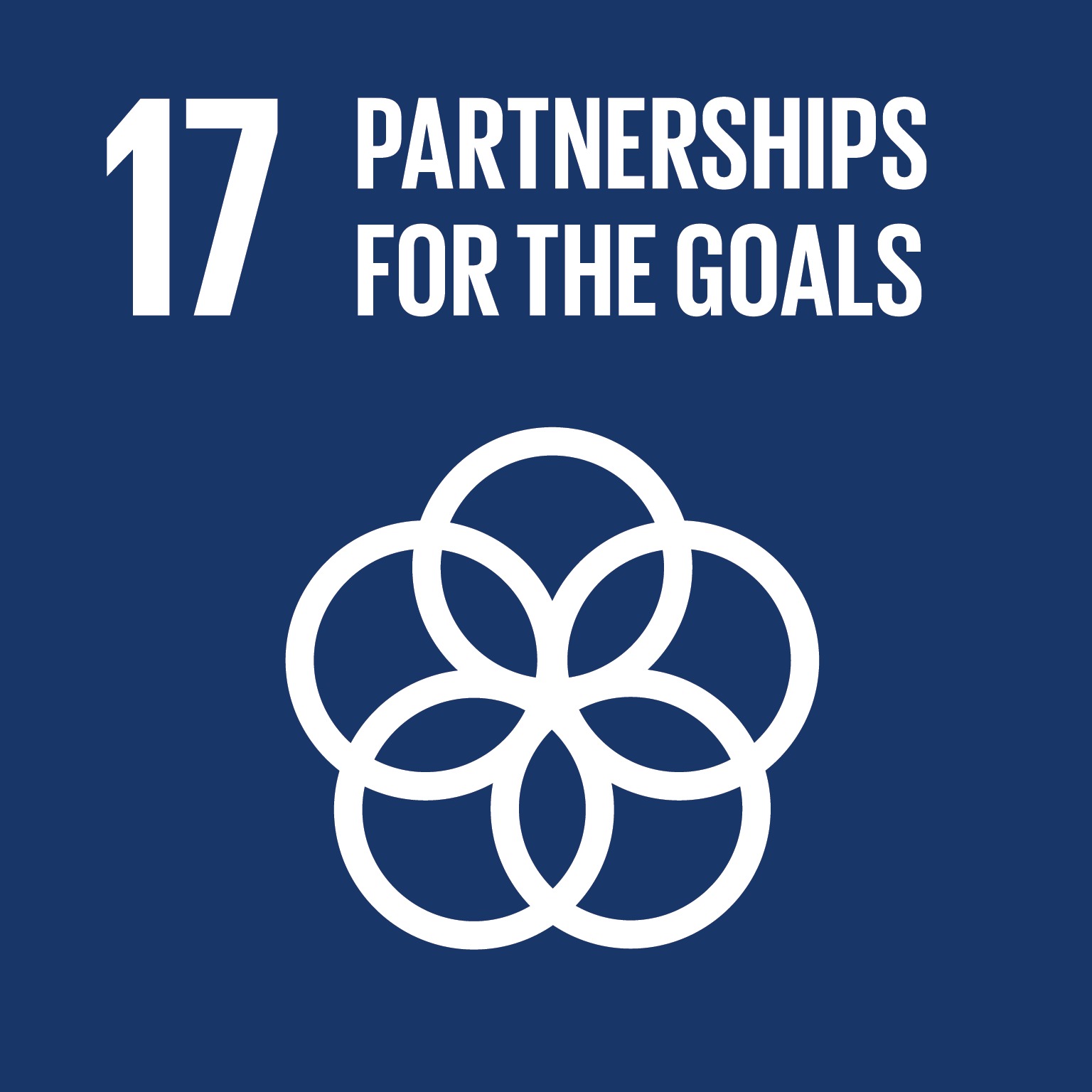Center of Excellence study shows impact of the COVID-19 pandemic on drug trafficking in Brazil
 |
Brasilia, 7 December 2021 - The COVID-19 pandemic has proven to be a major disruptor in various licit and illicit markets around the world. With travel restrictions and social distancing policies implemented, new dynamics and challenges have emerged in various areas of society and have affected the work of institutions linked to the prevention and control of drug trafficking, as well as the actions of criminal groups in this market.
As part of a global effort to address the changes resulting from the current health crisis, the Centre of Excellence for Illicit Drug Supply Reduction (CoE), a partnership among the Ministry of Justice and Public Security (MJSP), the United Nations Development Programme (UNDP) and the United Nations Office on Drugs and Crime (UNODC), developed a strategic study on the impact of the pandemic on drug trafficking in Brazil. The report was prepared with the support of the Research and Trend Analysis Branch of UNODC in Vienna, Austria.
The Chief of the UNODC Drug Research Section in Vienna, Chloé Carpentier, explained that the initial goal of the study was to understand the potential impact of the pandemic on drug markets in Brazil, in terms of changes, imports, exports and trafficking, from the analysis of drug seizures, including in a regional context. "We are working, in partnership with the CoE, on a complementary analysis focused on the cocaine market for the next year. What we have found, on a preliminary basis, is that smaller cocaine seizures, of less than 200 kilograms, have increased during the pandemic, while larger ones, over 200 kilograms, have decreased," she said.
According to the CoE Coordinator, Gabriel Andreuccetti, CoE specialists based in Brazil, in collaboration with UNODC's expertise in Vienna, gathered data from different sources of information and integrated these numbers in order to gain a deeper understanding of the drug trafficking situation. "We observed that criminal organizations have dynamic and flexible
structures capable of constantly adapting, even in the face of enormous challenges like the COVID-19 pandemic. With the integration and analysis of the data, the CoE can help in the construction of new strategies for public security agents in the face of this capacity for adaptation of organized crime," he says.
· Access here the complete strategic study.
RESULTS:
TRAFFICKING ROUTES
In the publication, an exclusive map with the main routes of entry, transportation, and export of drugs from the country offers detailed insights into this illicit market. According to the document, there are several routes used by the organized crime for drug trafficking in the country, which are constantly changing, and Brazil continues to be a strategic region for the transit of cocaine—which are typically shipped from the Andean countries bound for Europe and Africa. Furthermore, during the COVID-19 pandemic, a strong resilience was observed on the part of the organizations involved in the trafficking, who displayed a capacity to adapt and diversify routes as needed.
INCREASE IN CANNABIS SEIZURES
Seizures of marijuana and derivatives more than doubled during the pandemic. According to data from the Federal Police of Brazil, approximately double of the amount of marijuana and derivatives (hashish and skunk) was seized during the pandemic compared to the previous twelve-month period.
COCAINE TRANSIT
The report also found that Brazil remains a point of exportation for cocaine to other countries and continents. According to data from the Federal Police, while a decrease of 20% in the amount of cocaine seized was observed during the pandemic period, the volume of cocaine in Brazil remains high. This confirms that the country is a transit point for cocaine and, although there is internal consumption, the European market is the principal destination for the drug.
PROGRESSIVE DISPLACEMENT OF ROUTES TO THE SOUTH
Geospatial analysis techniques employed in the study suggest that drug seizures by law enforcement show a progressive displacement of cannabis trafficking routes toward the south of the country. Highlighting this change, in 2020, Rio Grande do Sul presented new clusters that were not present in 2019, patterns that have also been seen in the trafficking of cannabis. In the north, the cities of Pacaraima and Boa Vista appear as points of origin, probably for cannabis coming from Colombia, which arrives in the national territory through riverine networks between the southern region of Venezuela and the state of Roraima.
However, with travel restrictions, there was a decrease in cocaine seizures at airports and ports, while there was a diversification in the seaports used, with an increase in seizures of the drug in the ports of Salvador, Ilhéus and Joinville. In addition to the diversification in the ports of origin, there has also been a diversification in the destinations of the cocaine seized. Between 2019 and 2020, Belgium, Holland, Spain, France and Nigeria remained the main countries to where the drug was found to be shipped. However, in 2020, the routes cover the east coast of Central Africa, West Asia, Southeast Asia and, to a lesser degree, North America.
INCREASE IN SYNTHETIC DRUG SEIZURES
The study also found an increase in the seizures of synthetic drugs, such as methamphetamine. Data from the Center for Drug Exams (NEE) of the Criminalistics Institute of the Technical and Scientific Police of the State of São Paulo indicate an increase in the city of São Paulo the detection of methamphetamine and amphetamine, and to some extent MDA, in the comparison between 2019 and 2020.
RESILIENCE OF CRIMINAL ORGANIZATIONS
Evidence of changes in the trafficking routes points to the resilience of the organizations involved. The main illicit drug trafficking routes, identified from the most recent seizure data from several Brazilian institutions and from other countries, illuminate several dimensions of the problem of the illicit market in Brazil.
For example, criminal organizations had to adapt to changes in police actions. In a scenario of increased surveillance, less movement on highways, and restrictions on displacement, the study found that the traffickers had to recruit more people, especially for the role of "lookout", an individual who monitors local police movements.
To avoid greater losses, traffickers followed the trend of joining together to ship the illicit goods. According to some police officers interviewed for the study, part of the explanation for the significant increase in seizures was the fact that traffickers gathered in small groups to transport loads of cannabis.
Trafficking through digital means remains on the rise. There were reports of an increase in drug sales through telephone applications, a practice known as drug delivery or drug disk. In some cases, there was an increase in police apprehensions of motorcycle couriers.
INSTITUTIONAL STRATEGIES
Some interview subjects reported the implementation of new institutional strategies to combat drug trafficking that coincided with the pandemic. Because of this, it is considered that the results observed in the seizures can be explained both by the health crisis, as well as by the referred institutional actions (for example, the VIGIA Program, of the Ministry of Justice and Public Security; Tamoio, of the PRF; and operations triggered by the Federal Police).
SOCIOECONOMIC IMPACT
The socioeconomic impact of the COVID-19 pandemic, with the increase in poverty and other vulnerabilities, may have contributed to the formation of an environment that favored the recruitment of more people to work in drug trafficking. Data from the National Council of Justice (CNJ), which provides information on arrests, indicate those recruited into drug trafficking and subsequently arrested are often black men with low education and precarious statuses in the labor market.
*****
 |
 |
To learn more: http://www.agenda2030.com.br/